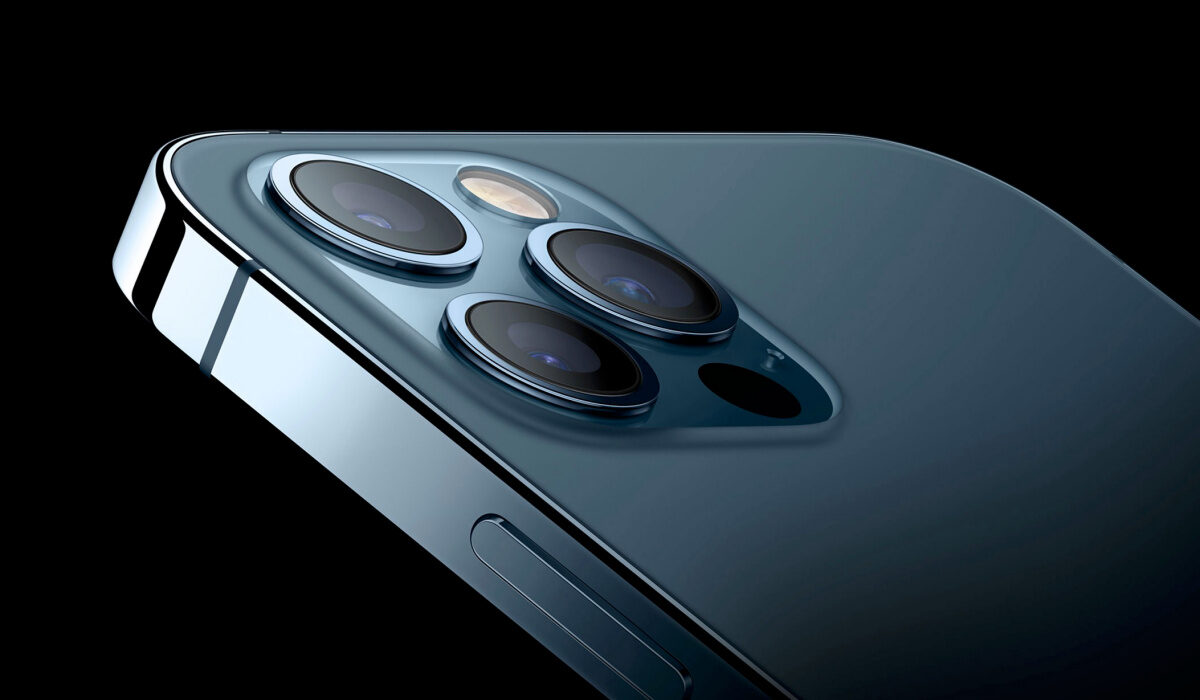Starting with Apple iPhone 12 Pro Max, newer Apple iPhone models are being fitted with a new image stabilization technology called sensor-shift image stabilization (SSIS). Some also call it “sensor shift OIS”. What is this new tech, how does it work, and what benefits does it bring?
First, the way image stabilization in smartphone cameras has been done till now is optical. Remember the term, Optical Image Stabilization (OIS)? Tons of phones use that to keep things smooth during image and video capture.

Sensor-shift image stabilization is a departure from the optical system. Both systems harness the power of the accelerometer such that whenever there is a shake or jerk while in use, the camera moves (or shifts/adjusts) in real time to counteract those and leave the sensor stationary in relation to the image. However, SSIS and OIS utilize the principle differently.
Table of Contents
Sensor-Shift Image Stabilization vs Optical Image Stabilization
- With optical image stabilization (OIS), the lens unit of the camera moves around, with the help of magnetic elements, and is capable of moving up to 1,000 times a second.
- With sensor shift stabilization, instead of the lens unit moving, it is the sensor that moves around, and is able to move much faster than the lens does in OIS. Sensor shift lens movement is up to 5,000 movements per second.
Benefits of Sensor-shift image stabilization
The sensor in a camera is smaller and lighter than the lens. Because the movements or adjustments that happen in sensor shift image stabilization are more precise – involving only the sensor – the system is able to produce better results.
The sensor-shift system is said to be particularly beneficial for low-light photography where a tripod or other stand is not available. Sensor-shifting image stabilization could also result in better shots with attachable lens accessories.
If OIS is able to make 1,000 adjustments per second and SSIS is able to make 5,000, does it mean that cameras that use the latter produce photos with five times smoothness than those that use OIS? Not at all; that isn’t how things work out. The difference in results are there to see, but they are definitely massive differences.
Cons of sensor shift stabilization
Adding any form of stabilization to a smartphone camera comes with an extra layer of costs, and so adding to the price of the device. As such, SSIS is seen only in devices above a certain price point. It will take a while for the costs to drop enough to the point where we will have sensor shift camera phones in the more affordable end of the market.
The first phone with sensor shift image stabilization
In 2020, Apple introduced sensor-shift image stabilization system in the iPhone 12 Pro Max model only. It was not included in the other iPhone 12 models. However, in 2021, all the iPhone 13 models were equipped with the new technology.
The first Android phone with Sensor Shift Image Stabilisation
Since the introduction of the technology by Apple in 2020, other phone brands have not been quick to embrace it, so there isn’t a list to run yet. However, at least two Android phone brands have adopted it, with good results.
The first Android phone with Sensor-shift OIS was the Oppo Find X5 Pro, released in March 2022. It was fitted with 3-axis sensor-shift, though it also included 2-axis lens-shift. Because of this hybrid image stabilization system, the Find X5 Pro isn’t exactly regarded as the first Android phone with sensor shift OIS.
TECNO Camon 20 Premier was announced and released in 2023, and it was the second Android phone with sensor shift image stabilization and the first to use it exclusively. See the TECNO Camon 20 Premier 5G review. You can also watch the YouTube video review here.
- Don’t miss our mobile phone reviews.
- Follow our news on Google News.
- Follow us on Instagram, Facebook, Twitter, and YouTube.